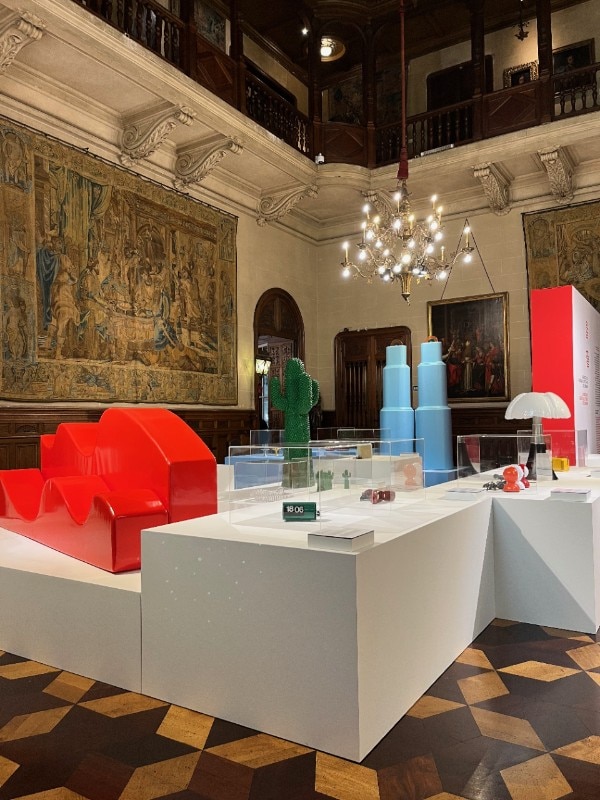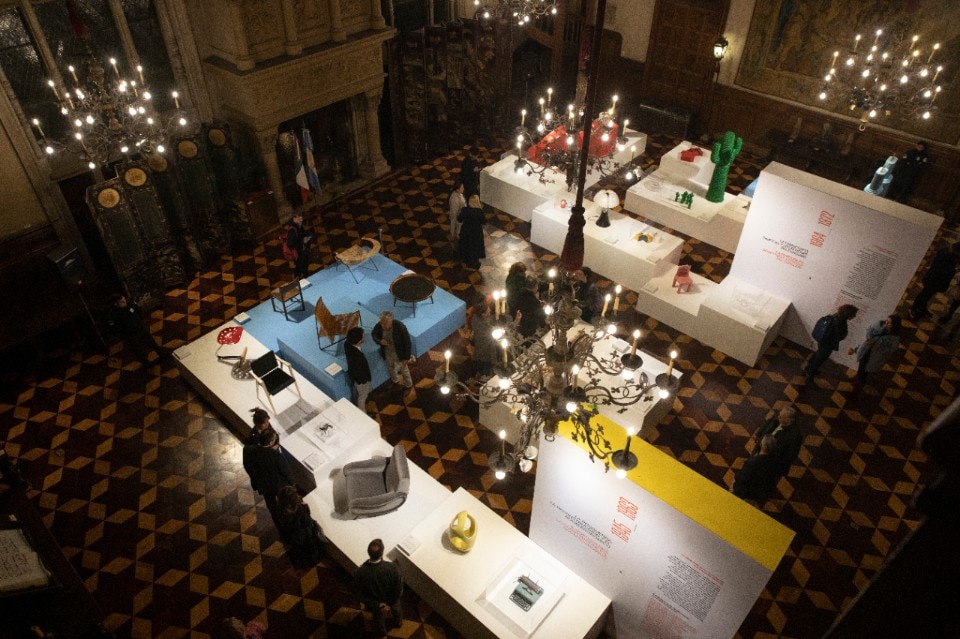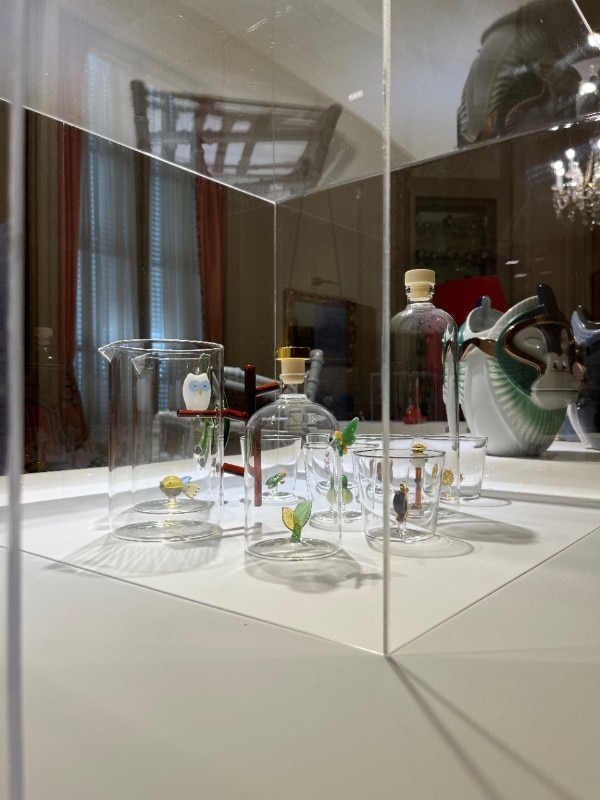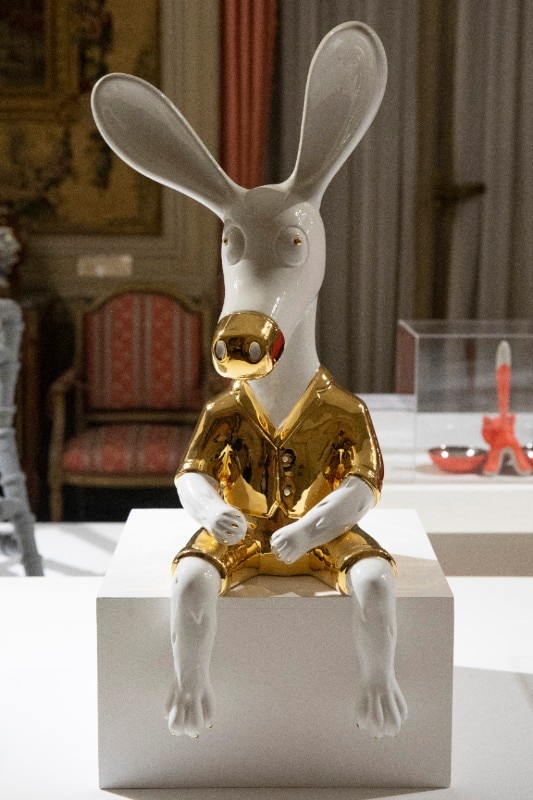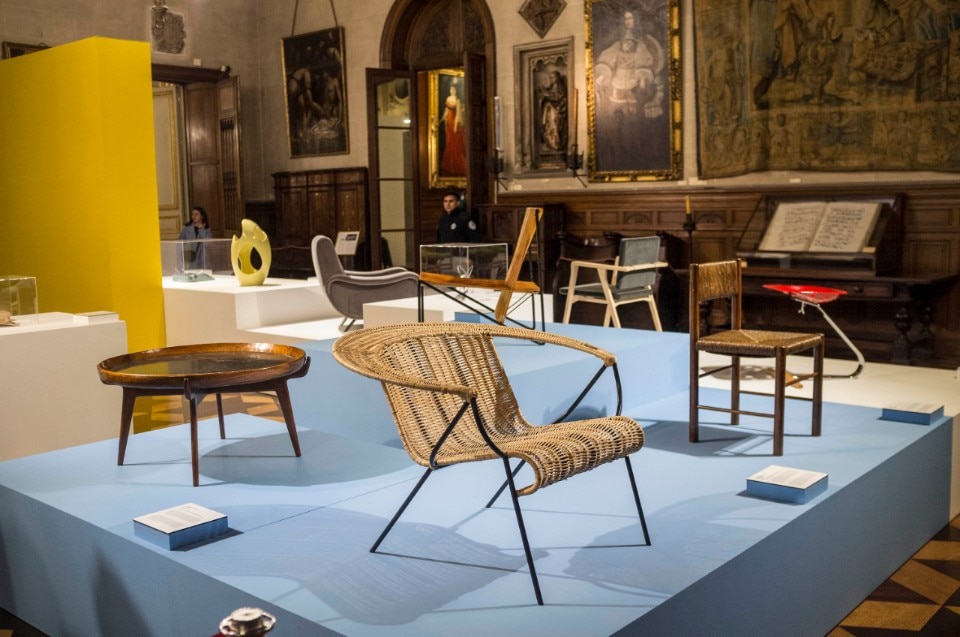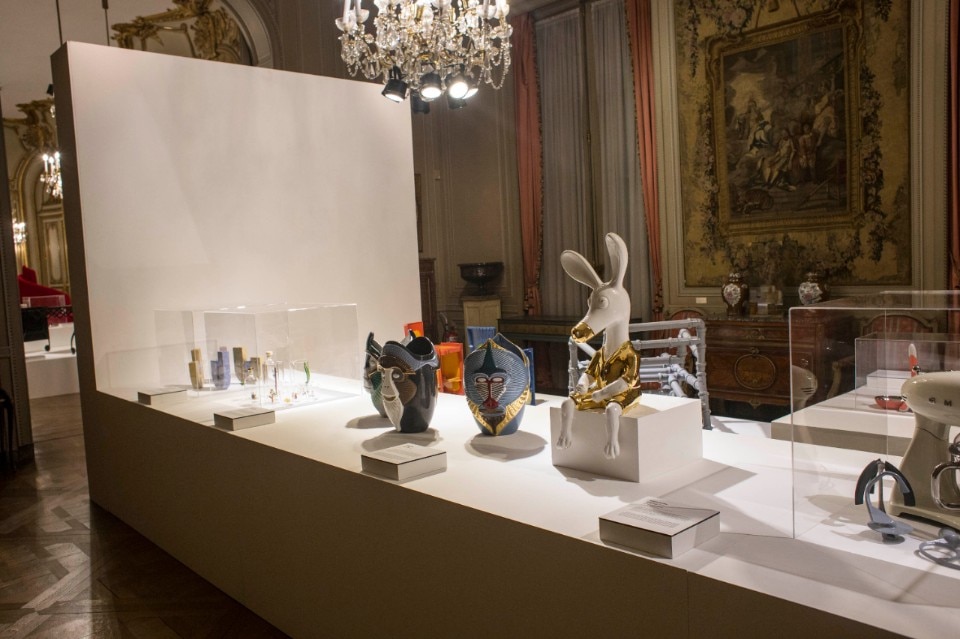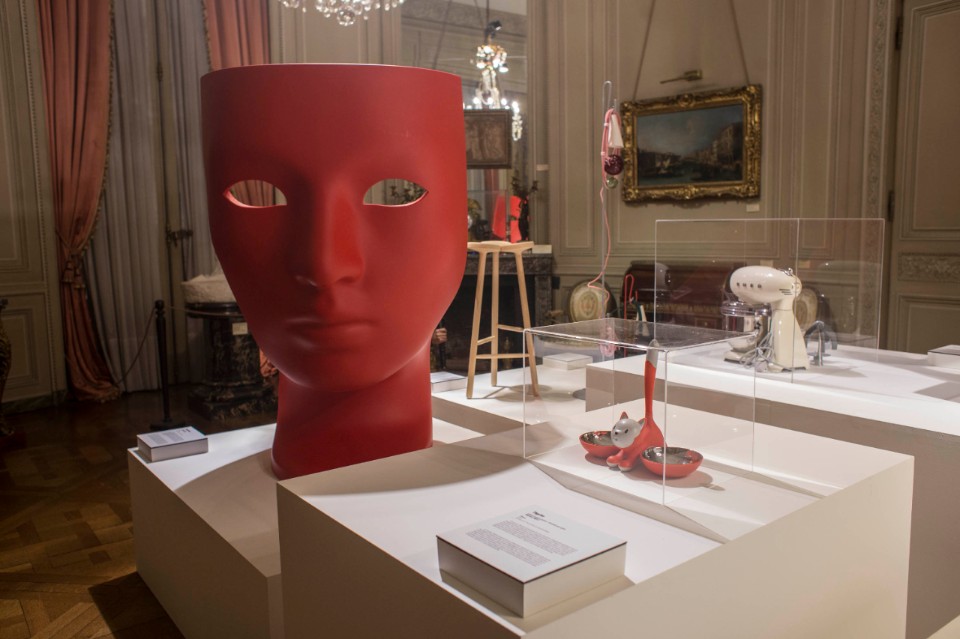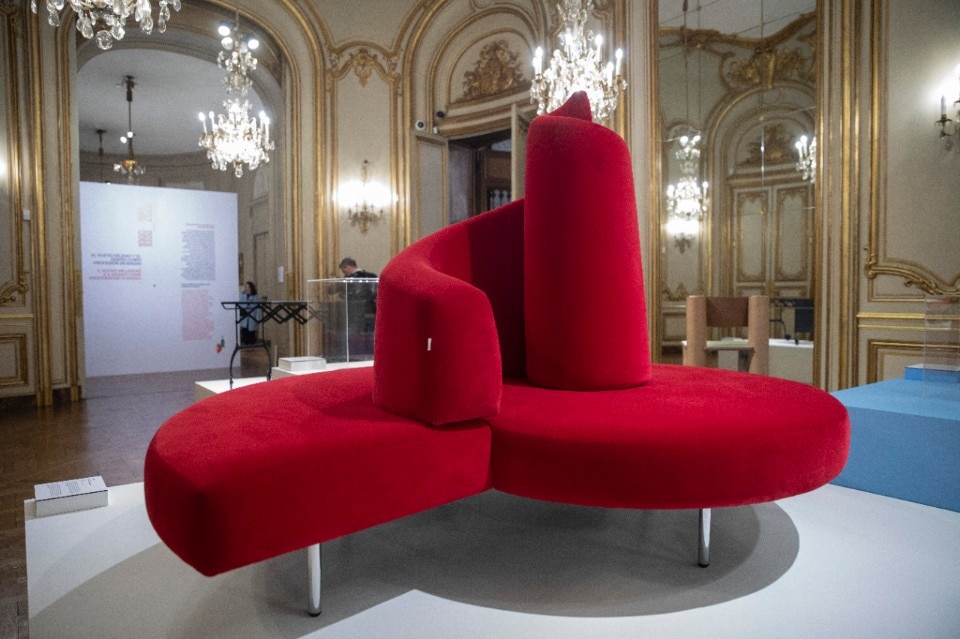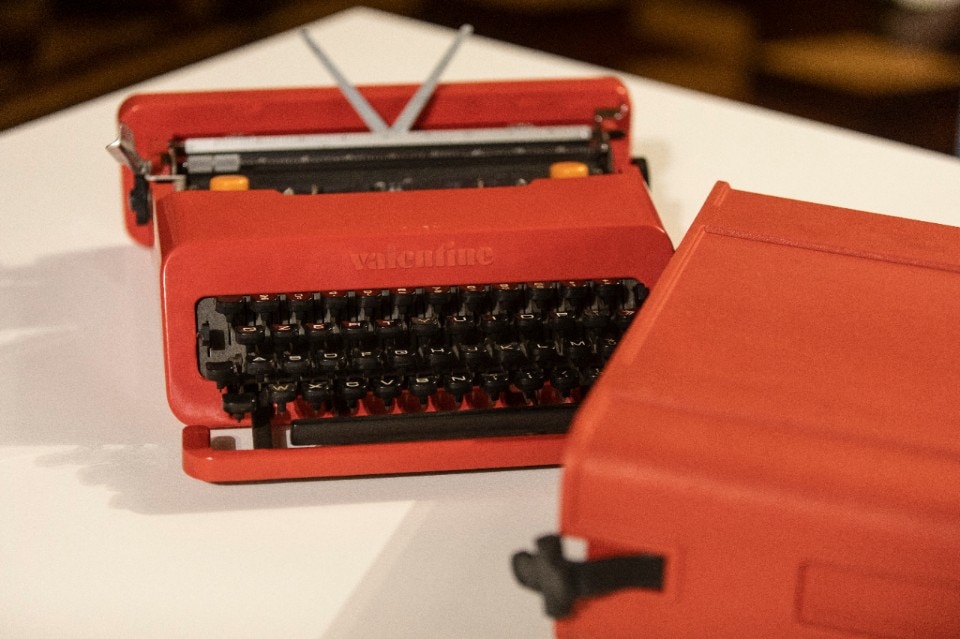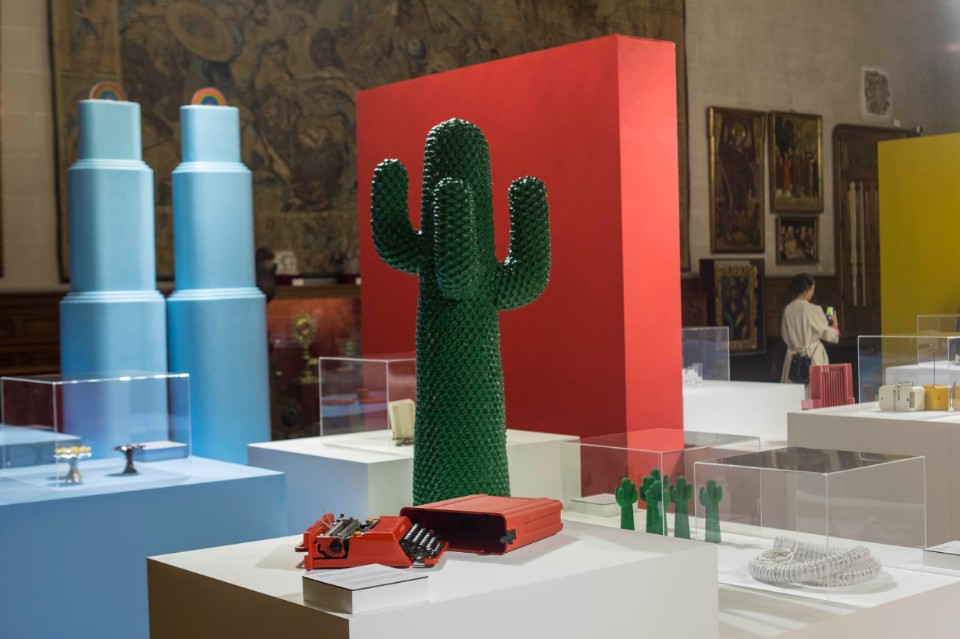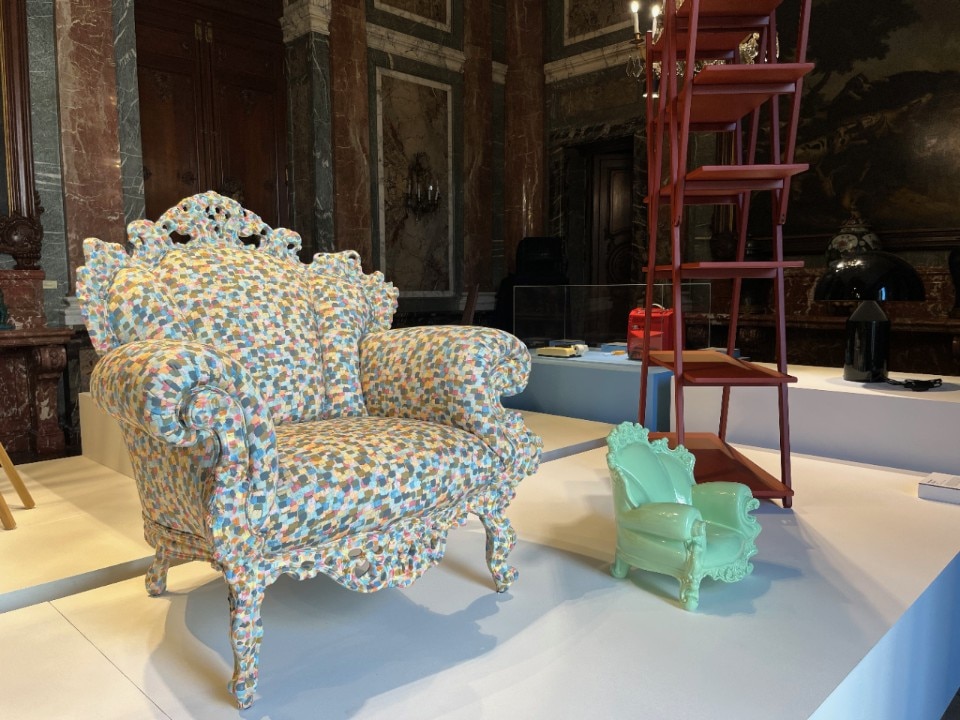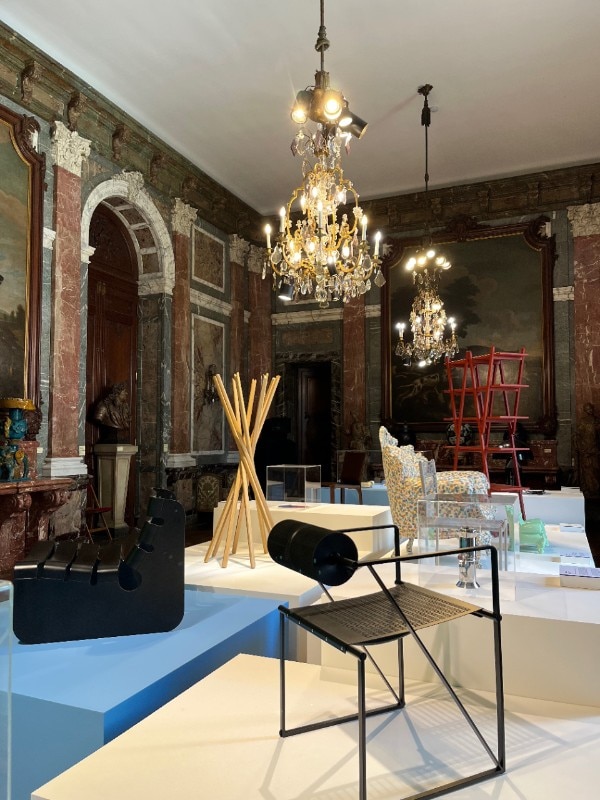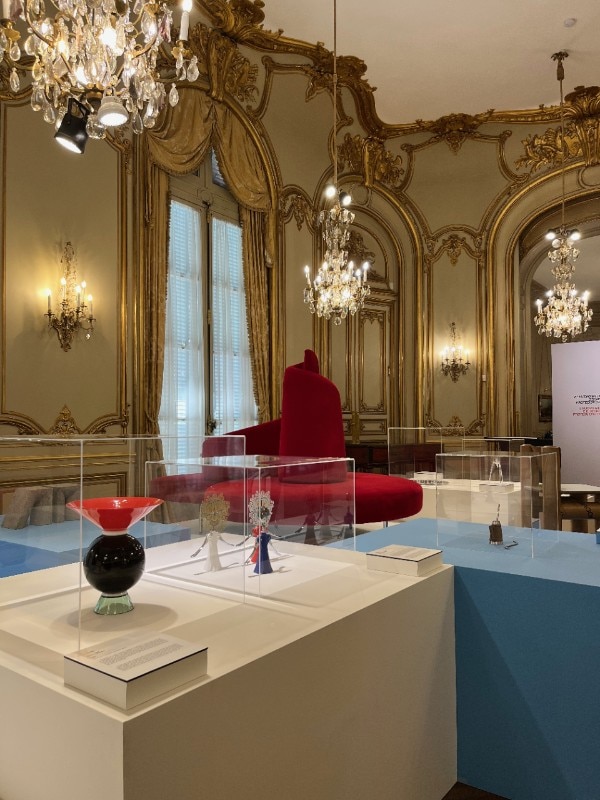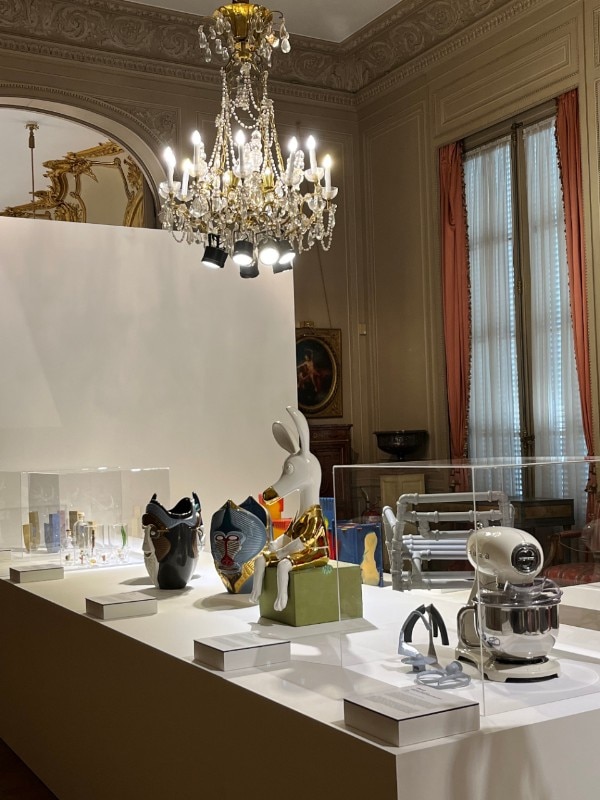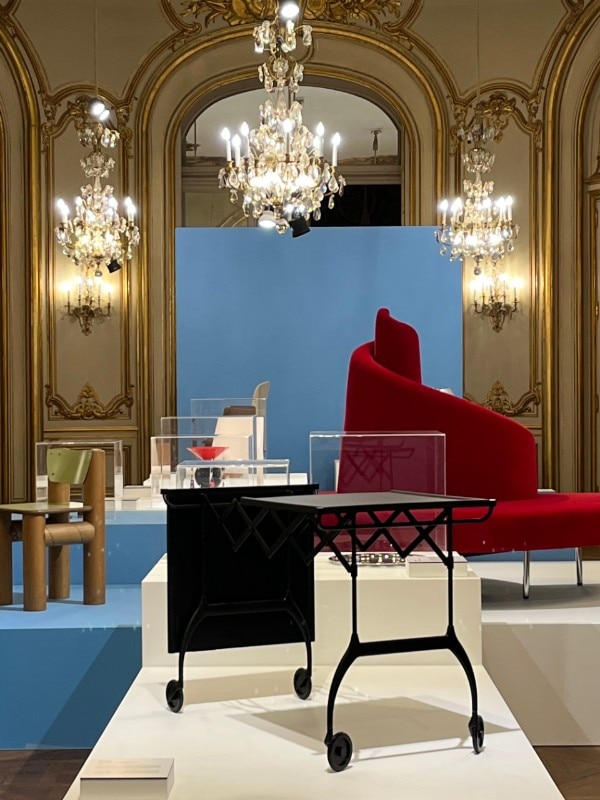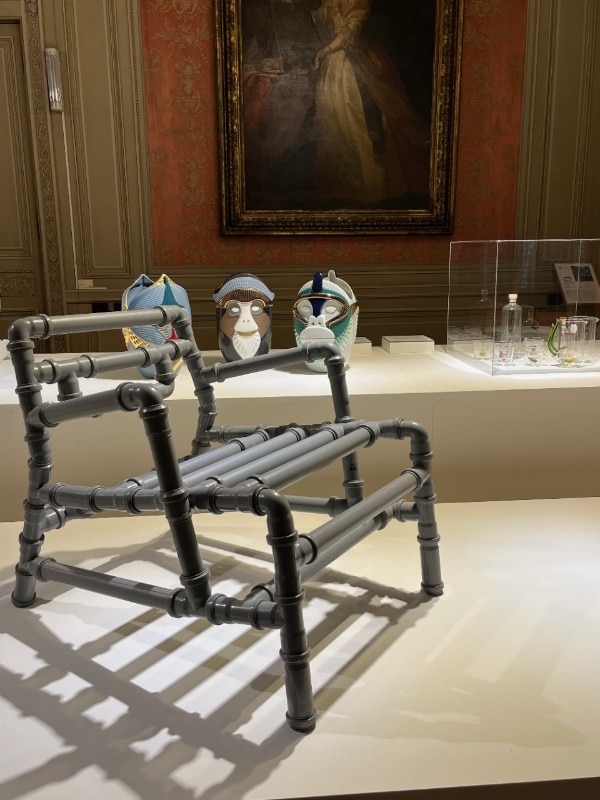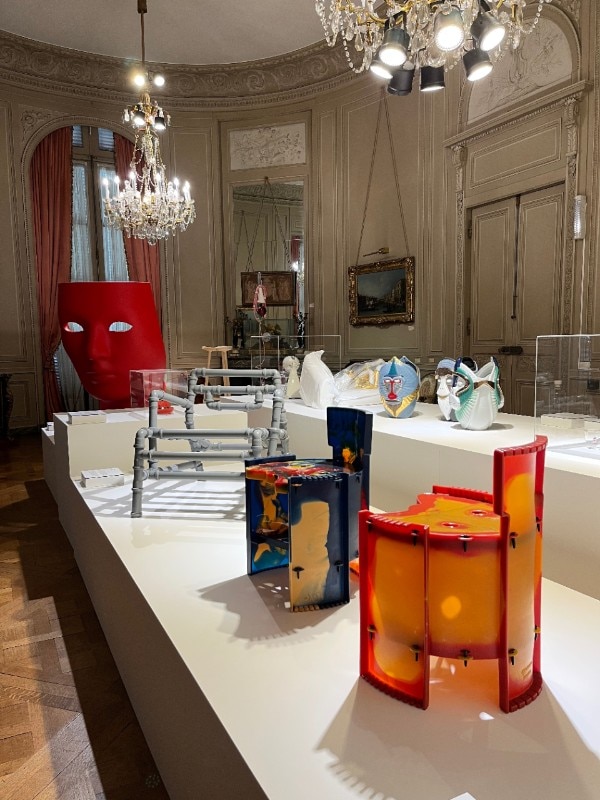How is Italian design perceived around the world? Does it still retain the authority and undisputed charisma that it held worldwide during the second half of the 20th century? Judging by the positive reception to the exhibition “Design Italiano. La bellezza del quotidiano fra Italia e Argentina”, which I curated on behalf of Donatella Cannova, director of the Italian Cultural Institute of Buenos Aires, and which will be held at the National Museum of Decorative Arts until 29 January 2023, I’d say yes.
The large general public turnout since the day of the inauguration and the coverage given to the exhibition by not only the Argentine but also the South American press testify and confirm that the lesson of Italian design is still alive, rich, and fruitful and that the work of the Masters of Italian design has left deep and indelible marks even in other cultures.
Italy and Argentina are two geographically distant but culturally close countries, also due to the presence of a conspicuous number of Italians who emigrated to the great South American country in the 20th century. Buenos Aires is a culturally vibrant and lively city, studies are free for all, and the universities are proper cities within the city and are open until late at night. However, there is not yet a big market for Italian design, as pointed out by some of the companies I have asked to borrow iconic Italian design pieces for the exhibition.
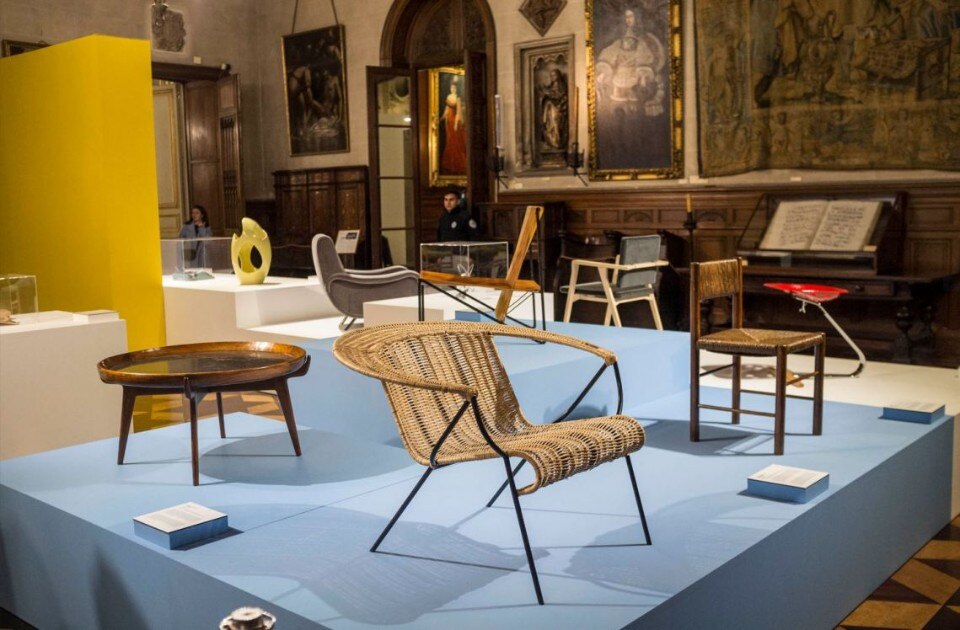
But if this market does not yet exist, and despite the country’s economic situation not being so strong, it is compelling and necessary to undertake cultural promotion actions to lay the foundations for a possible future market. This is exactly the aim of the exhibition - to spark a dialogue between the two cultures. To open a gateway. To think about similarities and differences in their respective research and design paths. The flows and paths of influence are never one-way, they are rather made up of sudden flashes, suggestions, imitations, revisitations, re-readings, alterations and re-propositions.
In the exhibition – the latest in a series of initiatives aimed at internationalising Italian design that I have been undertaking for at least twenty years now – I have tried to highlight all this. On the one hand, I have tried to recount how design has accompanied Italy on the long journey that has led the country to enter modernity and become one of the greatest industrial and manufacturing powers in the world by playing a democratising role, offering functional and concrete responses to the social and individual needs that were maturing, improving daily life, the quality of life, the comfort of the houses, the possibilities of movement and communication, but above all giving substance to the dream of bringing beauty into everyone’s life without distinctions of class and culture.
On the other hand, I highlighted the role of bridging figures between Italian and Argentine design such as Emilio Ambasz and Tomas Maldonado. Ambasz, who was born in Argentina but stateless by vocation, contributed to making Italian design known throughout the world thanks to the now famous exhibition “Italy: The New Domestic Landscape” that he curated at MoMA in New York in 1972. Maldonado, who was born in Buenos Aires exactly 100 years ago, in the 1990s contributed to bringing design into the Italian university system and promoted the first Bachelor’s degree in Industrial Design at the Polytechnic University of Milan, much like designer Ricardo Blanco did at the University of Buenos Aires. But the exhibition – and this is perhaps one of its most interesting aspects – also seeks to highlight the explicit and implicit kinship between the objects of Italian and Argentinean design.
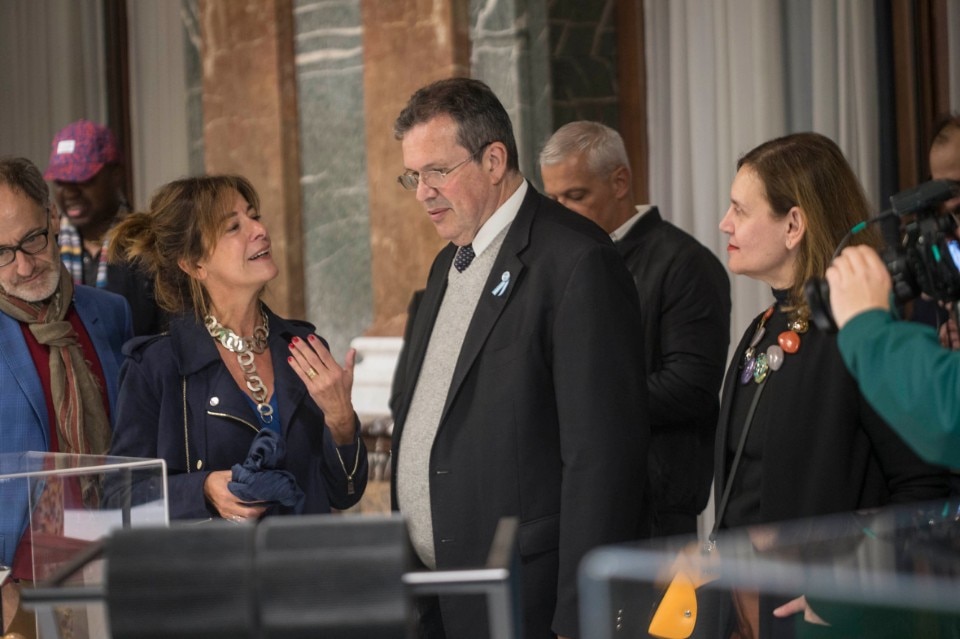
Here are a few examples. Reinaldo Leiro’s Snow White Mirror, produced for Visiva in 1982, reflects the emerging humour of postmodern design in the early 1980s and dialogues at a distance with the contemporary research of Italian designers such as the Memphis group; Guillermo Eirin’s Alunizaje prototype from 1982 reflects the research of the Castiglioni brothers that led to the Allunaggio outdoor chair produced by Zanotta in 1980; the metal chair designed by Osvaldo Giesso in 1984, in bent and lacquered sheet metal, features a design with pure, minimalist lines that can be compared to similar Italian research, such as the one behind the Spaghetti Chair designed by Giandomenico Belotti for Alias in 1980.
We could go on. But what is most important, I believe, is to reiterate the need to enhance the value of Italian design with operations that are not just commercial marketing but that trigger processes of cultural comparison and interaction. Only in this way will it be possible to maintain and relaunch the prestige and appeal of Italian design all over the world.


.jpeg.foto.rbig.png)

